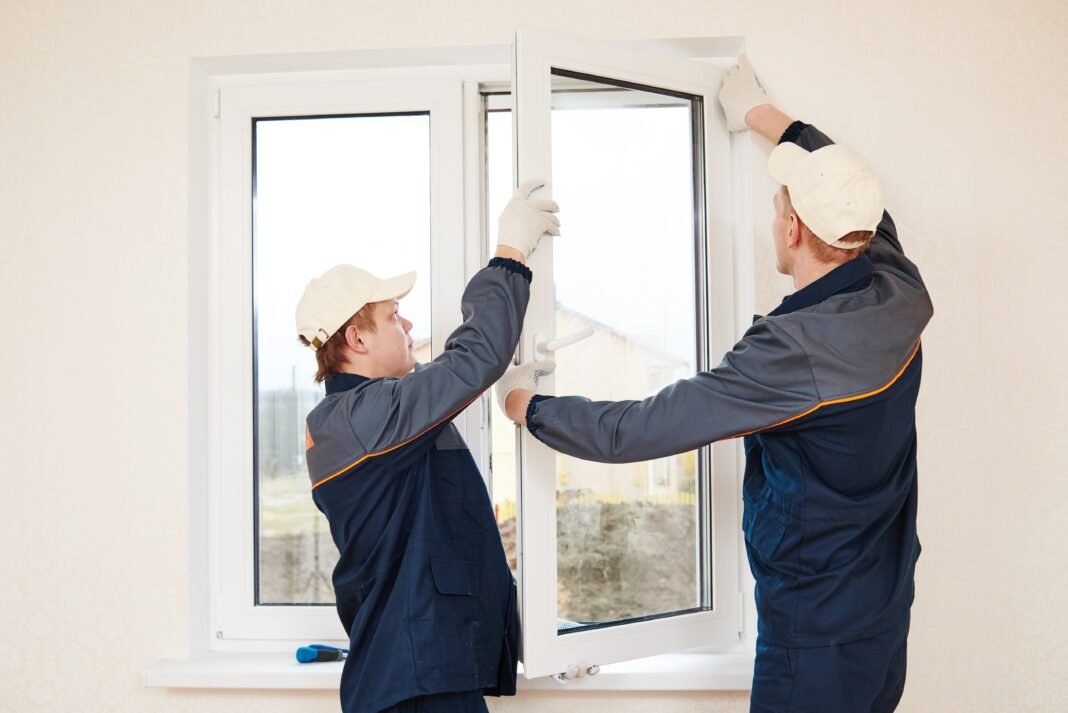When it comes to home improvement, window replacement and window renovation can have a significant impact on your home’s aesthetic appeal, energy efficiency, and overall value. Whether you’re upgrading old windows to reduce energy bills or simply to enhance your home’s look, understanding the window installation process is crucial. This guide provides a comprehensive, step-by-step approach to window installation, ensuring you achieve the best results for your home.
Why Window Installation Matters
Window installation isn’t just about placing a new window into an existing hole. Proper installation ensures that your windows perform optimally, providing insulation, security, and aesthetic benefits. Poor installation can lead to air leaks, water damage, and increased energy costs. Thus, knowing how to install windows correctly is essential for any homeowner undertaking a window renovation project.
Preparing for Window Installation
Assessing Your Current Windows
Before diving into window replacement, assess the condition of your existing windows. Are they drafty? Do they have condensation between the panes? Are they difficult to open and close? Answering these questions will help you decide whether a full window replacement is necessary.
Choosing the Right Windows
Selecting the right windows for your home involves considering factors such as material, style, and energy efficiency. Popular options include vinyl, wood, and fiberglass windows. Each material has its benefits; for instance, vinyl is low-maintenance and cost-effective, while wood offers a classic look and excellent insulation.
Measuring for New Windows
Accurate measurements are critical for a successful window installation. Measure the height and width of your existing window openings, noting any variations. Proper measurements ensure that your new windows fit perfectly, avoiding gaps that could compromise insulation.
Step-by-Step Guide to Window Installation
1. Gather Your Tools and Materials
Before you start, gather all necessary tools and materials. You’ll need:
- Tape measure
- Level
- Utility knife
- Pry bar
- Hammer
- Screws and nails
- Caulking gun and caulk
- Insulation foam
2. Remove the Old Window
Carefully remove the old window without damaging the surrounding structure. Start by removing the interior stops, then carefully pry out the sashes. If your window has nails or screws holding it in place, remove them. This step requires patience to avoid damaging the window frame, which will be reused.
3. Prepare the Opening
Inspect the window opening for any signs of damage or rot. Repair any issues before proceeding. Clean the opening, removing any old caulk or debris. Ensure the opening is level and square; an uneven surface can cause installation problems and affect the window’s performance.
4. Install the New Window
Place the new window into the prepared opening. Use a level to ensure it is plumb and square. Temporarily secure the window with shims, adjusting as necessary to maintain levelness. Once the window is properly positioned, fasten it using screws or nails, following the manufacturer’s instructions.
5. Insulate and Seal the Window
Proper insulation is key to energy efficiency. Fill any gaps around the window frame with expanding foam insulation. Be careful not to overfill, as this can cause the frame to warp. After the insulation has cured, trim any excess foam and apply a bead of caulk around the exterior perimeter of the window to seal out air and moisture.
6. Install Interior Stops and Trim
Reinstall the interior stops or apply new trim to finish the window installation. This step not only enhances the window’s appearance but also helps secure it in place. Use nails or screws to attach the stops, and fill any holes with wood filler. Sand and paint or stain the trim to match your interior decor.
Post-Installation Tips
Inspect and Test Your Windows
After installation, inspect your new windows for proper operation. Open and close each window to ensure it moves smoothly and locks securely. Check for any drafts or leaks and apply additional caulk if necessary.
Regular Maintenance
Maintaining your windows is essential for their longevity and performance. Regularly clean the glass and frames, check for any signs of wear or damage, and reapply caulk as needed. Proper maintenance will keep your windows looking great and functioning well for years to come.
Conclusion
Window installation is a valuable home improvement project that can enhance your home’s comfort, energy efficiency, and curb appeal. By following this step-by-step guide, you can ensure a successful window replacement that meets your needs and expectations. Whether you’re a seasoned DIY enthusiast or considering professional help, understanding the process will help you achieve the best results for your home.


